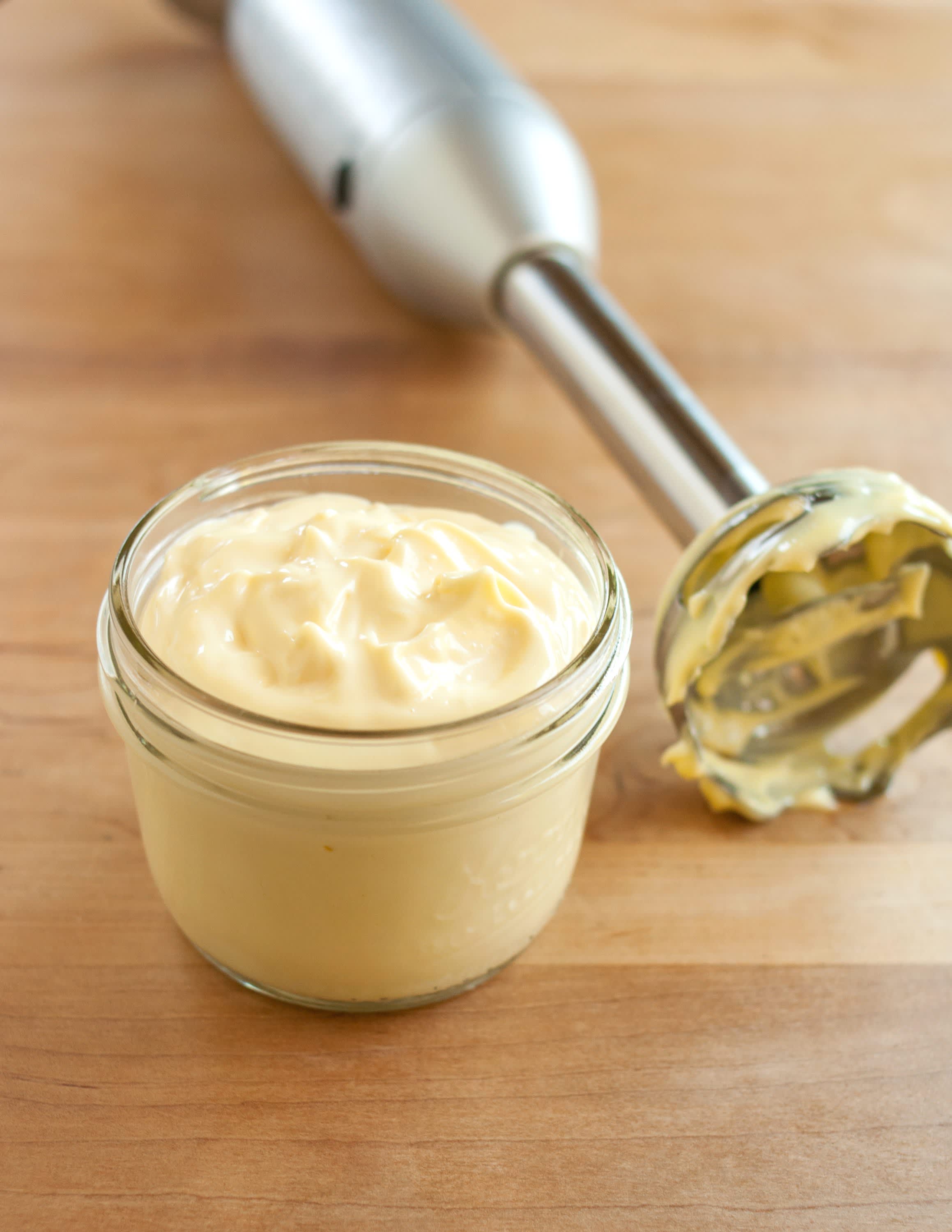How to Ferment Peppers for Hot Sauce: Ignite Flavor Today?
Written By James Morgan
Are you a fan of spicy food? Do you revel in the flavor explosion that a well-crafted homemade hot sauce can bring to your barbecues? If yes, then understanding how to ferment peppers for hot sauce is a must for mastering your culinary prowess. In this guide, we will dive deep into the art of pepper fermentation, revealing secrets that can skyrocket your sauce to gourmet levels.
Fermentation transforms ordinary peppers into a vibrant concoction that's bursting with flavor. Not only does it enhance the taste, but it packs a remarkable punch of probiotics, making your sauces both delicious and nutritious. This article will navigate you through the steps, tips, and recipes for creating your own tantalizing hot sauce from fermented peppers.

Understanding the Basics of Fermentation
Before we dive into the specifics of fermenting peppers, its essential to grasp the basics of fermentation itself. Fermentation is a natural process where microorganisms like bacteria and yeast convert sugars into acids or alcohol. This process not only preserves food but also enriches its flavor profile.
Why Ferment Peppers?
When you learn how to ferment peppers for hot sauce, you're not only making a condimentyou're creating a culinary art form! Here are a few reasons why fermentation is beneficial:
- Flavor Development: Fermentation enhances the complexity of flavors, resulting in a sauce that dances on your palate.
- Preservation: Fermented sauces have a longer shelf life, allowing you to savor that summer harvest well into the winter months.
- Health Benefits: Rich in probiotics, fermented foods can help with digestion and overall gut health.

Choosing the Right Peppers
Your journey into pepper fermentation starts with the selection of the right peppers. Different peppers will yield varying flavor profiles and heat levels. Think about what kind of hot sauce you wish to create:
Mild Peppers
If you prefer milder sauces, consider using:
- Poblano
- Banana Peppers
- Jalapenos (green)
Medium Heat Peppers
For a medium kick, these peppers are great choices:
- Chipotle
- Fresno
- Thai Chilies
Hot Peppers
For the spice enthusiasts looking for intense heat, try:
- Habaneros
- Serranos
- Cayenne

What You Will Need
Before you start, make sure you have all the necessary equipment and ingredients:
- Fresh Peppers: Choose your preferred variety.
- Salt: Non-iodized salt is best for fermentation.
- Water: Ideally filtered or distilled to avoid chlorine.
- Fermentation Jar: A glass jar with an airlock or a simple mason jar.

Step-by-Step Process to Ferment Peppers for Hot Sauce
Now that you have everything you need, lets delve into the process:
1. Preparing the Peppers
Begin with washing the peppers thoroughly. Cut off the stems, and chop the peppers according to your preferencecoarsely for a chunky sauce, or finely for a smoother texture.
2. Creating a Brine
Mix up a brine solution using water and salt. A common ratio is 2-3% salt to water. This means for every 1 liter of water, add about 20-30 grams of salt. Stir until the salt is fully dissolved.
3. Packing the Jars
Place the chopped peppers in the fermentation jar and pour the brine over them. Ensure that the peppers are submerged under the brine to prevent mold formation. You can use a fermentation weight or a clean stone to keep them down.
4. Fermentation
Cover the jar with a lid or cloth, allowing some airflow to prevent pressure buildup. Leave the jar in a cool, dark place for 1-4 weeks. Check the taste periodically; the longer you ferment, the tangier the flavor!
5. Blending and Bottling
Once you reach your desired fermentation level, it's time to blend the peppers into a sauce. Pour the mixture into a blender, adding vinegar or additional spices as desired. Blend until smooth, then transfer to a clean bottle. Store in the refrigerator for up to several months.
Tips for the Best Fermented Hot Sauce
Here are some pro tips to achieve the best results:
- Experiment: Mix different pepper varieties for unique flavors.
- Sugar: Adding a touch of sugar can balance the heat and acidity.
- Safety: Always keep everything clean to prevent contamination.
How to Use Your Fermented Hot Sauce
Now that you have your homemade fermented hot sauce, it's time to enjoy it! Here are some serving suggestions for barbecue enthusiasts:
- Drizzle over grilled meats.
- Mix into marinades for an added kick.
- Use as a condiment for sandwiches or tacos.
Frequently Asked Questions
1. How long does it take to ferment peppers for hot sauce?
Typically, fermentation can take between 1 to 4 weeks depending on the ambient temperature and your taste preference.
2. Can I use frozen peppers for fermentation?
It's best to use fresh peppers, as freezing alters their texture and may affect the fermentation process.
3. How can I create a milder hot sauce?
To achieve a milder flavor, start with milder pepper varieties and adjust the amount of fermented peppers to vinegar ratio!
Conclusion
Learning how to ferment peppers for hot sauce not only enhances your barbecue repertoire, but it also opens the door to a world of flavors and health benefits. This simple yet effective process allows you to experiment, create, and, most importantly, savor the goodness of homemade hot sauces. So, roll up your sleeves, gather your ingredients, and start your journey into the stimulating world of fermentation Today!
For more exciting recipes, check out how to make void mayonnaise or learn what kind of mayonnaise works best for your dips. Reach out for more fiery tips with creating unique hot sauces.
As an Amazon Associate, I earn from qualifying purchases.



